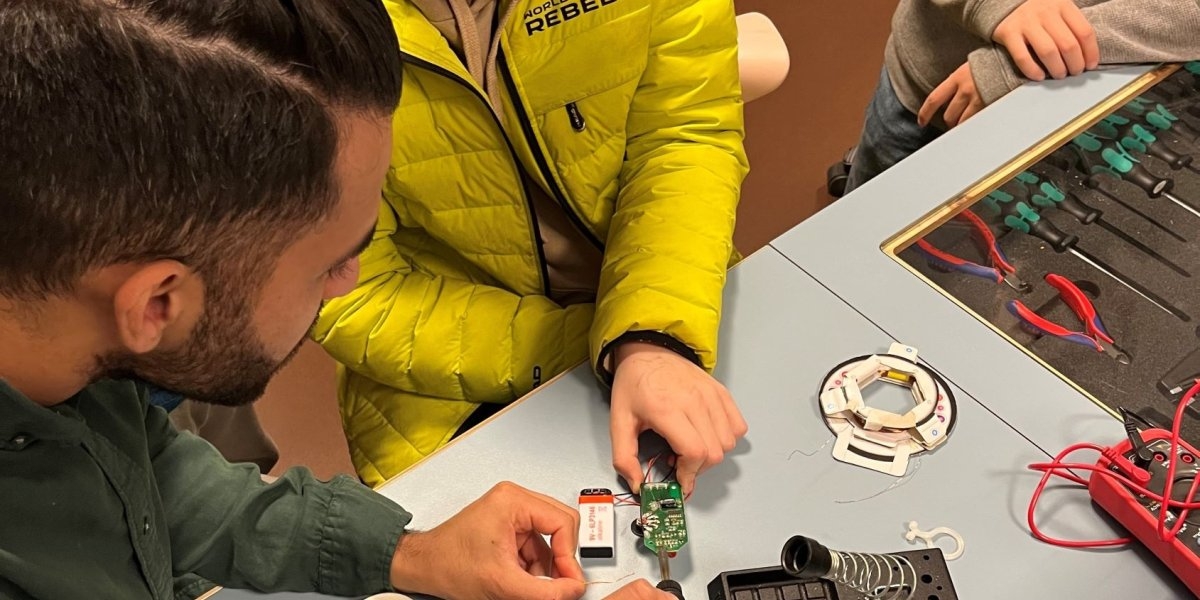eLife - how to circulate more electronics
Consumption of electrical and electronic products (e-products) in households contributes to increasing amounts of hazardous EE waste, environmental damage and greenhouse gas emissions. While actors within business, voluntary organizations and the public sector have increasingly been driving forces to implement strategies for a more circular economy, consumers have been far less involved.
Photo: Hege F. Andreassen/CICERO
Project details
This is not only due to a lack of interest and motivation among citizens, but also that the consumption of e-products is largely governed by product access, technological design, knowledge and social norms. This creates unfortunate lock-in situations that have proven to be very difficult to get out of.
The eLife project will meet these challenges by studying how innovative businesses that try out new methods for circular consumption in local communities can be driving forces for a faster scale-up of circular consumption habits.
Four innovative activities that focus on repair, reuse and lending are to be studied in collaboration with local partners. Based on these case studies, new knowledge will be developed about how local activities can contribute to learning, knowledge sharing and involvement of users, and thereby a faster transition in the consumption of e-products.
With the help of data generated within all the case studies, analyzes of climate and environmental consequences will be carried out based on life cycle analyses. In connection with the case studies, a series of innovation workshops and scenarios will be carried out that describe ways towards a more circular economic consumption of e-products, and which regulations and measures will be effective.
Partners in the project is NTNU, UEA, Eur.nl, Egna Bodø, Restarters, Elkjøp and Resirkula.
